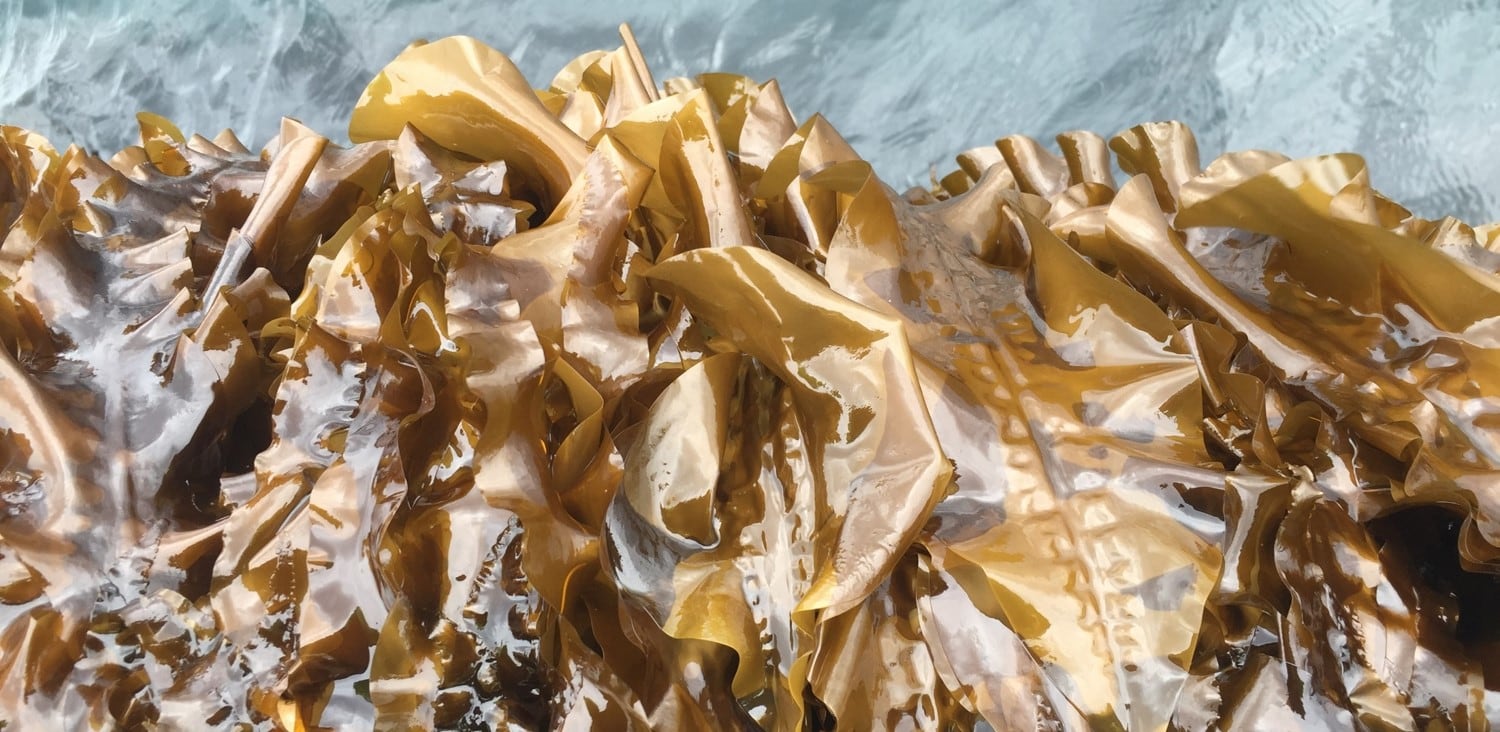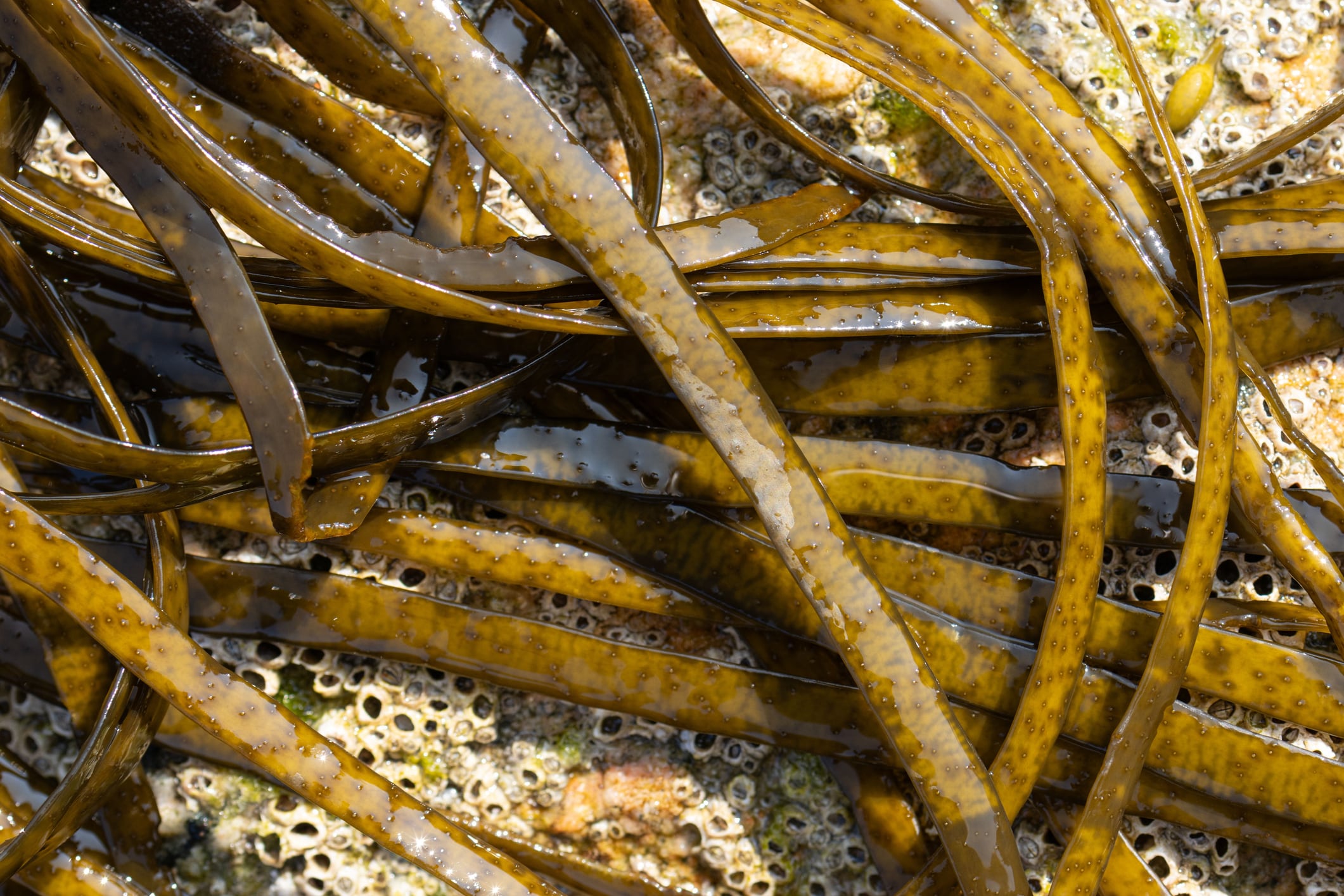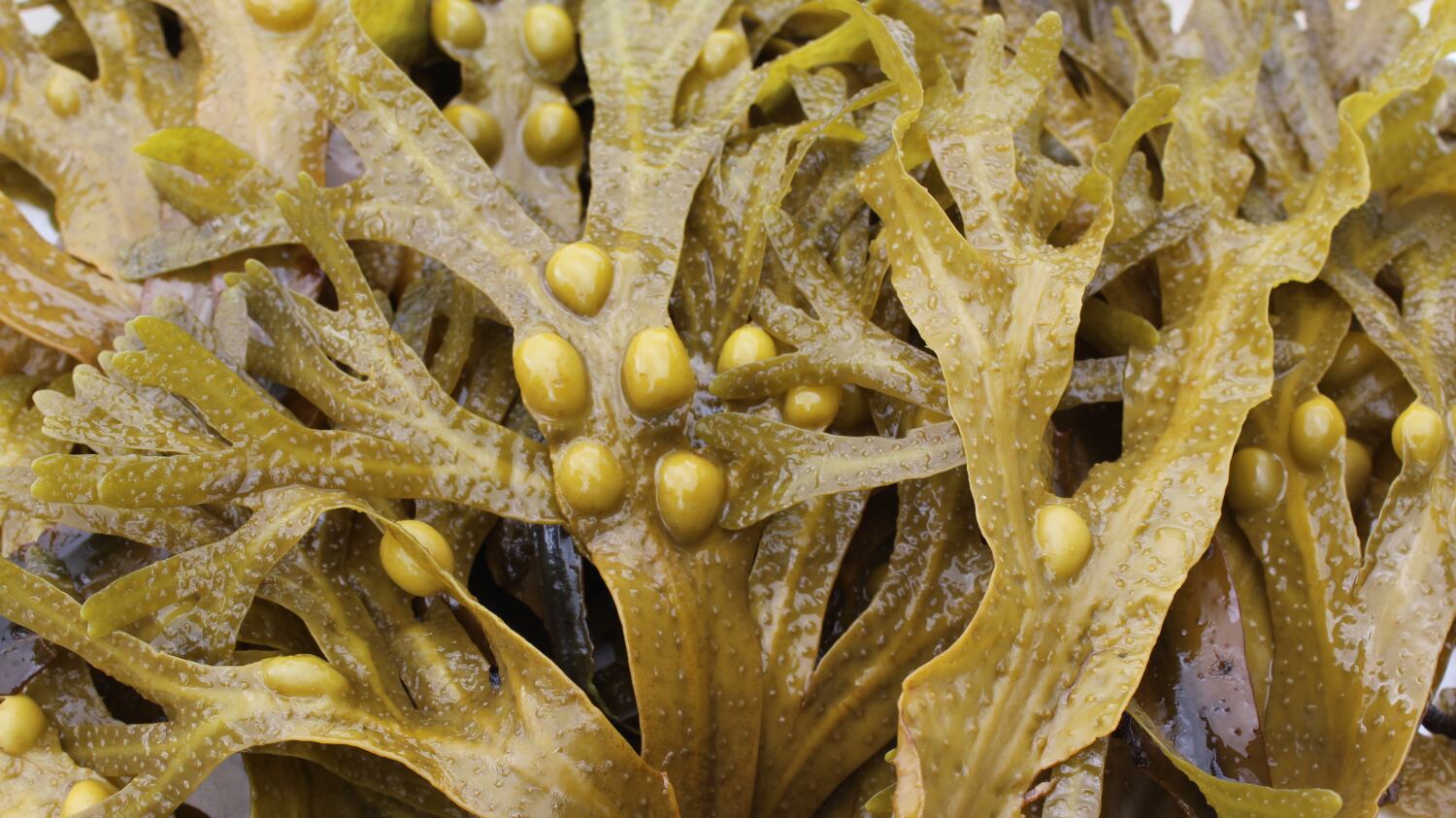Researchers in Cuba and the United States, some of whom are employed by Oceanium, Ltd, tested a fucoidan-rich extract containing ≥75% w/w fucoidan from Saccharina latissima (SLE-F),
“These findings support the potential of SLE-F as a safe and effective microbiome-modulating agent,” they wrote in the journal Microorganisms.
Neil Waslidge, R&D manager at Oceanium, noted that the results address a major consumer pain point, as some conventional prebiotics like inulin, GOS and FOS can require up to 5 to 10 grams daily and often cause side effects such as gas, bloating and digestive discomfort.
“Consumers kept telling us that although their prebiotics work, they couldn’t handle the side effects,” Waslidge said. “Our seaweed extract changes that, as one tiny dose gives you powerful gut health benefits with 87% less gas production.”
Algae boosts SCFA-producing gut bacteria
Microbial metabolites such as short-chain fatty acids (SCFAs) play a central role in controlling inflammation and cardiometabolic health, and dietary strategies that enhance beneficial microbes through prebiotic substrates show promise for health improvement in multiple areas.
Ocean Actives H+ (SLE-F) is a bioactive extract from the brown seaweed Saccharina latissima, containing fucoidans, proteins and polyphenols. Fucoidans can act as prebiotics by selectively promoting beneficial bacteria, influencing fermentation and supporting immune and metabolic functions.
Preclinical research found that SLE-F enriches SCFA-producing bacteria, such as Butyricicoccus and Lachnospiraceae, improves metabolomic profiles and reduces markers of gut permeability and inflammation. In human trials, fucoidan also supported SCFA-producing taxa.
Seaweed extract enhances gut microbiome, reduces inflammation
The researchers conducted a three-arm, double-blind, placebo-controlled trial with 91 participants, randomized to receive low-dose SLE-F (125 mg twice daily), high-dose SLE-F (500 mg twice daily) or an inulin placebo (125 mg twice daily) for 90 days.
The study monitored adverse events, hematological and biochemical parameters, gut transit time and health status with a health questionnaire at baseline, day 30 and day 90. The researchers also analyzed fecal and blood samples collected at baseline, week four and at the end of the study, profiling microbiomes with 16S rRNA sequencing and measuring fecal calprotectin.
Results showed that SLE-F increased beneficial SCFAs like butyrate and propionate, and boosted helpful microbes like Bifidobacterium and Lachnospiraceae, while reducing potentially harmful ones like Enterobacteriaceae. Inulin, in contrast, raised a cardiovascular risk marker (TMAO) and reduced species richness.
High-dose SLE-F caused the biggest shifts, increasing diversity and beneficial bacterial families over 90 days. Th low-dose produced smaller, slower changes, and placebo had little effect. High-dose SLE-F enriched pathways for butyrate, SCFA and carbohydrate metabolism and reduced inflammatory markers. The ratio of beneficial Lachnospiraceae to Enterobacteriaceae rose in both SLE-F groups, suggesting improved gut health.
The researchers suggested that in addition to gut health benefits, SLE-F could be used in other health areas, such as immune function, by creating microbial shifts that align with improved immune tone (monocyte normalization).
Furthermore, it may improve skin health through increased SCFA synthesis, butyrate production and carbohydrate metabolism, supporting gut barrier integrity and anti-inflammatory effects. It also showed potential for improved mental clarity and mood through gut-brain axis modulation.
The researchers noted that further research should focus on deeper functional analyses, long-term monitoring and personalized interventions to better connect microbiome remodeling with lasting host outcomes.
Source: Microorganisms 2025, 13(7), 1545. doi: 10.3390/microorganisms13071545. “Gut Microbiome Modulation and Health Benefits of a Novel Fucoidan Extract from Saccharina latissima: A Double-Blind, Placebo-Controlled Trial”. Authors: Garcia, G. et al.





